DDOS attacks in Q1 2017
News Overview
Thanks to IoT botnets, DDoS attacks have finally turned from something of a novelty into an everyday occurrence. According to the A10 Networks survey, this year the ‘DDoS of Things’ (DoT) has reached critical mass – in each attack, hundreds of thousands of devices connected to the Internet are being leveraged.
The fight against this phenomenon is just beginning – IoT equipment vendors are extremely slow to strengthen information security measures in their own products. However, certain successes have been achieved in combating attackers behind the DDoS of Things. The well-known info security journalist Brian Krebs managed to identify the author of the infamous IoT malware Mirai. In the UK, the author of an attack on Deutsche Telekom was arrested. According to the charges, he allegedly assembled an IoT botnet from routers in order to sell access to it. He faces up to 10 years in prison in Germany.
Cheaper DoS tools and a growth in their number has caused an inevitable increase in the number of attacks on notable resources. For instance, unknown attackers took down the site of the Austrian Parliament, as well as more than a hundred government servers in Luxembourg. No one took responsibility for the attacks and no demands were made, which may mean the attacks were a test run, or simply hooliganism.
Plans by supporters of the Democratic Party to launch a massive attack on the White House site as a protest against the election of Donald Trump the US president came to nothing – there were no reports of problems with the site. Nevertheless, DDoS attacks have taken root in the US as a type of political protest. Two weeks before the inauguration, the conservative news site Drudge Report, which actively supported Trump during the election campaign, was attacked.
Law enforcement agencies took notice of this alarming trend, and the US Department of Homeland Security eventually stepped in to provide protection from DDoS attacks. The Department declared it aimed to “build effective and easily implemented network defenses and promote adoption of best practices by the private sector” in order “to bring about an end to the scourge of DDoS attacks.”
However, the main goal of the DDoS authors is still to make money. In this respect, banks and broker companies remain the most attractive targets. DDoS attacks are capable of causing such serious material and reputational damage that many organizations prefer to pay the cybercriminals’ ransom demands.
| Further insight and statistics can be found in the | TTCSIRT DDoS Attacks In Q1 2017 Document |
